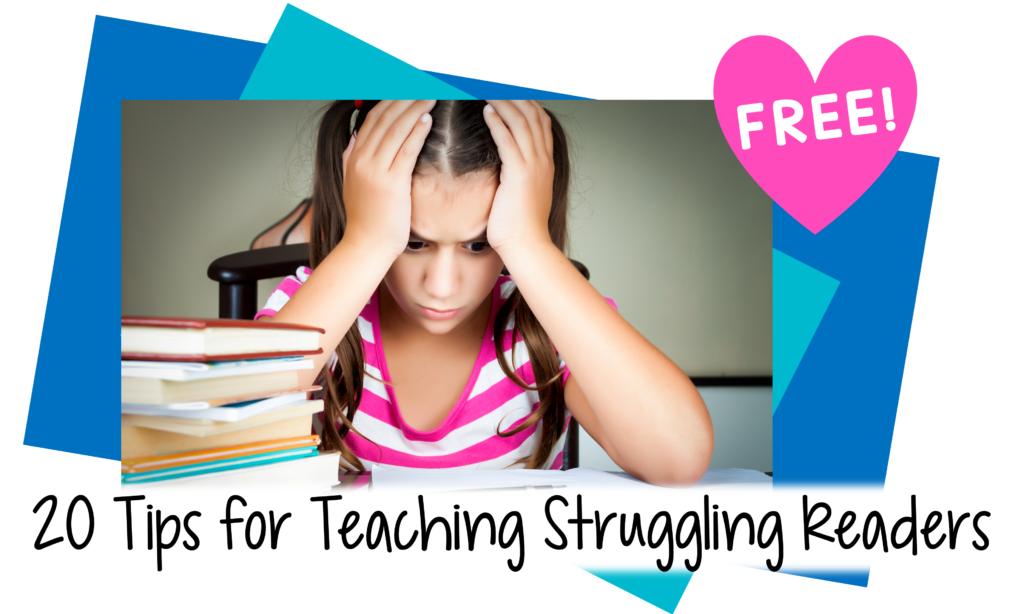 Some educators argue that teaching children to memorize sight words encourages guessing. But is there a place for teaching sight words? I believe there is.
Some educators argue that teaching children to memorize sight words encourages guessing. But is there a place for teaching sight words? I believe there is.
What are sight words, anyway? The term is often confused with high frequency words and irregular or nonphonetic words. These categories overlap, for sure, but sight words are simply words that can be immediately recognized as wholes, without being decoded.
There are several reasons why I teach sight words to beginning readers.
Why should we teach words as wholes?
-
For developmental reasons
Many, if not most, children learn words as wholes before they learn to analyze those words phonetically.
Linnea Ehri, an educational psychologist who studies the stages children go through as they learn to read, notes that the first phase is Pre-Alphabetic. At this stage, children recognize words as wholes before they have learned the phonetic elements of those words. For example, a child may recognize the McDonald’s M before learning the name and sound of the letter, and students may recognize their classmates’ names before learning the letter-sound correspondences within the names.
-
For motivational reasons
Most children are eager to read and write connected text when they enter school. They want to communicate with written language, and many words are personally meaningful to them.
These words that children want to use may not contain phonemes that we have already taught (e.g., yes, look), or may not be phonetic at all (e.g., love, said). Why hold children back from reading and writing these words until they have learned how to decode them?
-
For academic reasons
Above all learning sight words helps children become literate faster than they would otherwise.
Learning words as wholes can actually help students learn to decode. Research shows that young readers and spellers use parts of known words they learned by sight to decipher or write unknown words. They can do this at the phoneme or onset-rime level. In addition, phonetic words that children have learned by sight can be used as models for teaching phonetic elements and principles (e.g., cat > at family). But the more children learn about decoding phonetically, the more cues they will have for retaining sight words.
Furthermore, early readers have a limited processing capacity. If they have to focus too much on decoding words, they will have less attention left to devote to comprehension. Therefore, immediate recognition of sight words—one type of automaticity—contributes to reading comprehension, since readers can attend more to the meaning of the passage without being distracted by the task of decoding.
Finally, by reading words automatically as they focus on meaning, children can taste what fluent reading feels like. Thus, learning a few high frequency sight words early on enables youngsters to feel like real readers.
You can see that there are many reasons why I feel that learning words as wholes is beneficial for young readers.
- Teaching sight words is developmentally appropriate.
- Learning sight words motivates early readers to read and write.
- Knowledge of whole words helps beginners to learn to decode.
- Sight words can be used as models for teaching word families.
- Immediate recognition of words aids in comprehension.
- The automaticity gained from learning sight words lets readers experience fluent reading.
Don’t get me wrong. I’m not saying that sight word reading is the ONLY approach we should use with beginning readers.
My point is that teaching sight words to emergent readers, along with whatever other
approach we are using, is an efficient way to set them on the path to literacy.
**********************************************************************************
Have I convinced you to teach sight words to emergent readers? If so, stay tuned. I hope to follow up this post with ideas about how to teach sight words and which words to teach.
You may also want to check out some of my sight word materials. Here is a sight word FREEBIE, a sample of Sight Word Syllable Count K-2, plus some other sight word resources below.
Do you agree that we should teach sight words? I’d love to hear what you think about the topic.
************************************************************************************
Ehri, L. C. 2005 Development of sight word reading: Phases and findings, in The Science of Reading: A Handbook (eds M. J. Snowling and C. Hulme), Blackwell Publishing Ltd, Oxford, UK. doi: 10.1002/9780470757642.ch8. Downloaded 5/1/16. http://www.pitt.edu/~perfetti/PDF/Ehri.pdf
Ehri, L.C. (1995) Phases of development in learning to read by sight. Journal of Research in Reading 18: 116-125.
LaBerge, D. and Samuels, S.J. (1974) Toward a theory of automatic information processing in reading. Cognitive Psychology 6(2): 293-323.






Leave a Reply